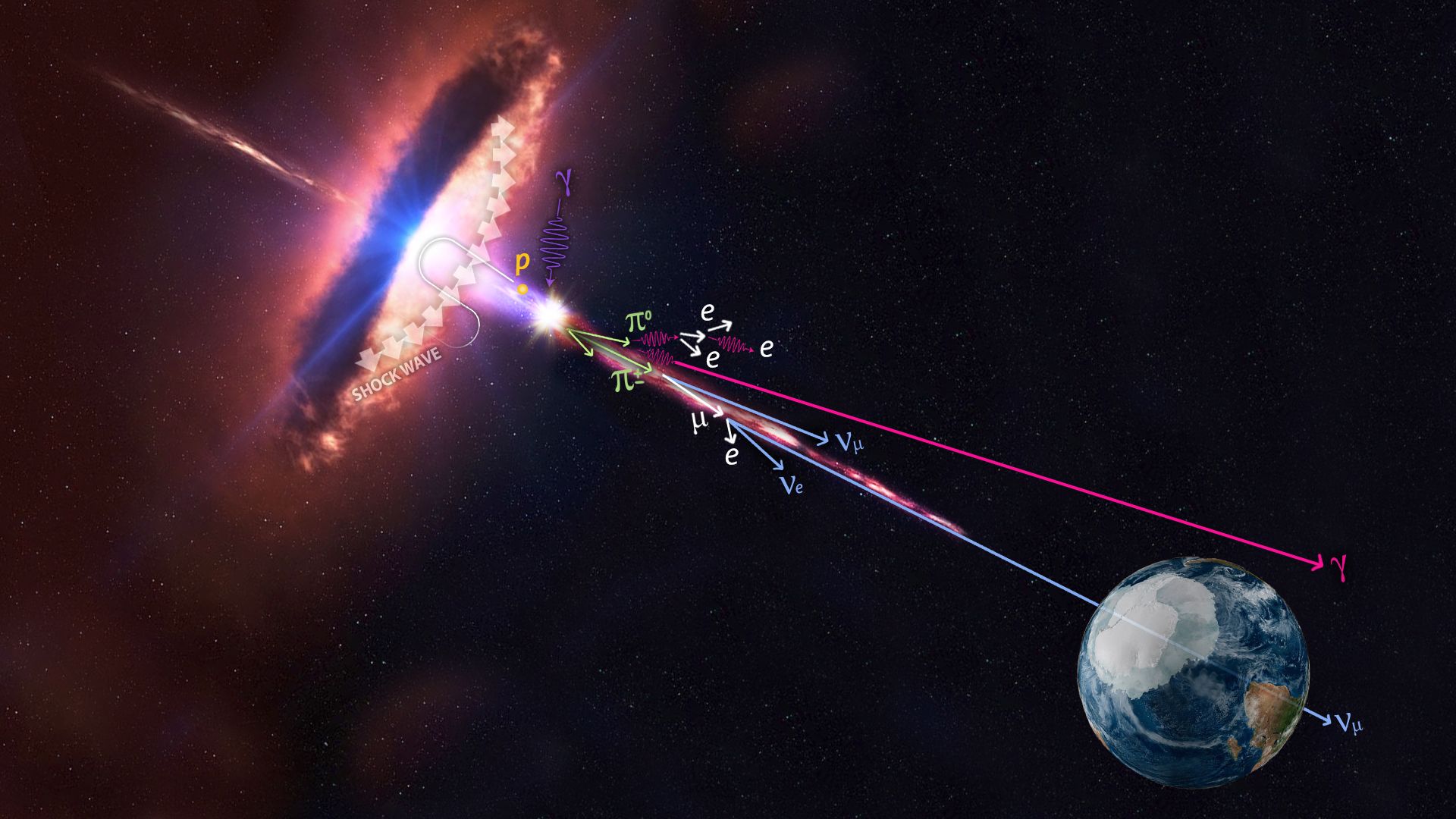What do you get when you combine a massive, long-necked dinosaur and a road that can’t handle its weight? An accident that makes headlines, and a fossil discovery for the ages. That’s exactly what happened in Patagonia, Argentina, where paleontologists recently unearthed Chucarosaurus diripienda, a gargantuan dinosaur whose fossils were so heavy they cracked the asphalt while being transported. Published in the Cretaceous Research journal, this colossal find is a game-changer for dinosaur research.
Meeting the Giant of the Past
In 2018, paleontologists unearthed something extraordinary in the rugged hills of Río Negro province in Argentina: the remains of a titanosaur, one of the largest types of long-necked, plant-eating dinosaurs. Chucarosaurus diripienda was no small creature, measuring around 100 feet (30 meters) long, it would have been a towering giant of the Cretaceous period. The bones, some weighing several tons, were scattered across the Patagonian steppe, waiting to tell their story.
This discovery wasn’t just significant for its size, but also for the dramatic chain of events that followed. As the research team carefully transported the fossils back to Buenos Aires for further study, the sheer weight of the bones caused an accident. The truck carrying the fossil blocks lost stability, sending the fossils flying. While no one was injured, the road beneath the vehicle wasn’t so lucky. The fossils were so heavy they cracked the asphalt, showing just how massive these ancient remains were.

A Name Inspired by Hardship
It’s no surprise that the accident led to the dinosaur receiving a name that reflects its formidable nature. The name Chucarosaurus comes from “Chucaro,” a Quechua word meaning “hard and indomitable,” while diripienda is Latin for “scrambled,” in reference to the bones being scattered during the tumultuous transport. The name is a fitting tribute to the dinosaur’s sheer strength and the chaotic journey its fossils endured.
Though Chucarosaurus diripienda isn’t the largest dinosaur ever discovered, species like Patagotitan and Argentinosaurus hold that title, it was still a behemoth. Weighing between 30 and 40 tons, this titanosaur would have dwarfed almost anything in its environment. Despite its sheer size, its anatomy reveals much more than just brute force.
The research team recovered several bones from the dinosaur’s forelimbs, hips, and hind legs, including a femur that measures a staggering 6.2 feet (1.9 meters) long. The proportions of these bones offer intriguing insights into how this massive creature moved. Unlike other enormous dinosaurs, Chucarosaurus diripienda had relatively slender limbs compared to its body.
This suggests that its build wasn’t just for support, but for efficiency. Its long neck would have allowed it to browse high up in trees, while its tail could have been used as a defense against predators. The specialized structure of its limbs indicates that this giant wasn’t just a slow-moving colossus, it was built to move with surprising agility for its size.

What Chucarosaurus Reveals
These long-necked giants adapted in various ways to their environments, and this new species adds another layer to that understanding. The fossilized bones found in Río Negro provide crucial information on how different titanosaurs evolved their unique body structures and movements. The proportions of Chucarosaurus diripienda’s limbs, for example, suggest that not all of these giants moved in the same way. Some may have been more agile than previously thought, using their specialized limbs to travel great distances efficiently.
Source link


